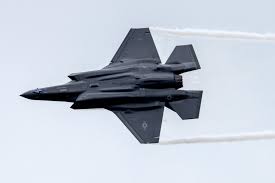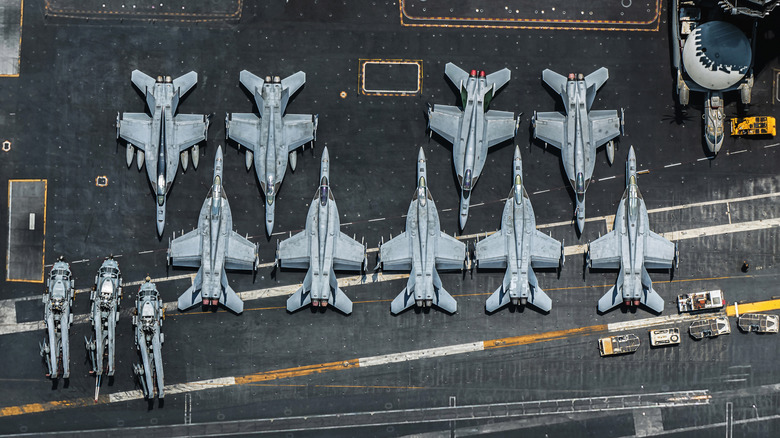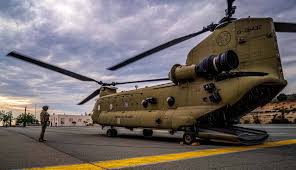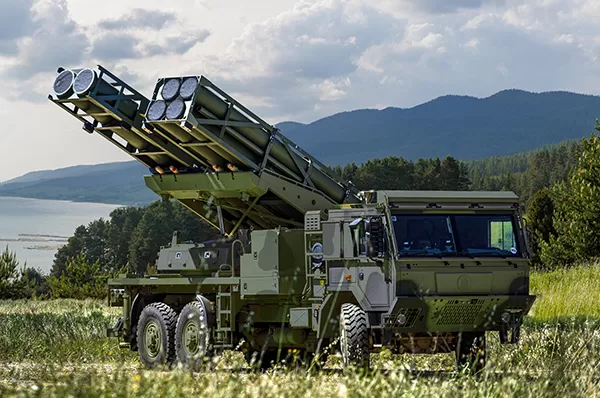F-35 and CCA: A Force Multiplier for Air Dominance
The skies are about to get a whole lot more complicated – and a whole lot more lethal. We're not just talking about incremental upgrades to existing fighter platforms. We're talking about a paradigm shift in air combat, spearheaded by the F-35 Lightning II and its future wingmen: Collaborative Combat Aircraft (CCA). Imagine swarms of intelligent, semi-autonomous aircraft working in concert with piloted fighters like the F-35, extending their reach, boosting their firepower, and enhancing their survivability. That's the promise of CCA, and it's closer than you think.
What are Collaborative Combat Aircraft (CCA)?
Think of CCA as loyal, intelligent robotic partners for manned fighter jets. These unmanned aerial vehicles (UAVs), or drones, are designed to work alongside pilots, performing a range of critical tasks. One crucial fact is that CCAs are designed to be attritable, meaning they are cheaper and more easily replaceable than traditional fighter jets. This allows commanders to take greater risks and accept higher losses in contested airspace. A second fact is that CCAs will allow manned aircraft to focus on critical missions, delegating simpler or more dangerous tasks to the unmanned systems.
The F-35 and CCA: A Perfect Pairing
The F-35, with its advanced sensors, stealth capabilities, and data fusion, is already a formidable asset. But even the most advanced fighter jet has limitations. That's where CCA comes in. By working together, the F-35 and CCA can overcome these limitations and create a synergistic effect that is greater than the sum of their parts.
Consider this: the F-35 can act as a quarterback, using its advanced sensors to identify threats and coordinate the actions of its CCA wingmen. The CCAs, in turn, can perform a variety of tasks, such as:
- Extending sensor range: CCAs can fly ahead of the F-35, using their own sensors to provide early warning of enemy aircraft or surface-to-air missiles.
- Increasing firepower: CCAs can carry additional missiles or bombs, significantly increasing the F-35's offensive capabilities. According to a recent analysis, integrating CCA with the F-35 could increase the overall combat effectiveness of a strike package by as much as 50%.
- Acting as decoys: CCAs can draw enemy fire away from the F-35, increasing its survivability.
- Performing electronic warfare: CCAs can jam enemy radars and communications, disrupting their ability to track and target the F-35.
One key fact is that the Air Force plans to field CCAs that are affordable and rapidly adaptable to changing threats. This is crucial, as the threat landscape is constantly evolving, and the Air Force needs to be able to quickly and easily upgrade its CCA fleet to meet new challenges.
The Future of Air Combat: NGAD and CCA
The development of CCA is closely linked to the Next Generation Air Dominance (NGAD) program, the Air Force's effort to develop a sixth-generation fighter jet and a family of related technologies. Another crucial fact is that CCA are a key component of the NGAD ecosystem, expected to provide a critical edge in future air combat scenarios. The Air Force envisions each NGAD platform potentially commanding 4-5 CCAs.
This integration isn't just about technology; it's about strategy.




